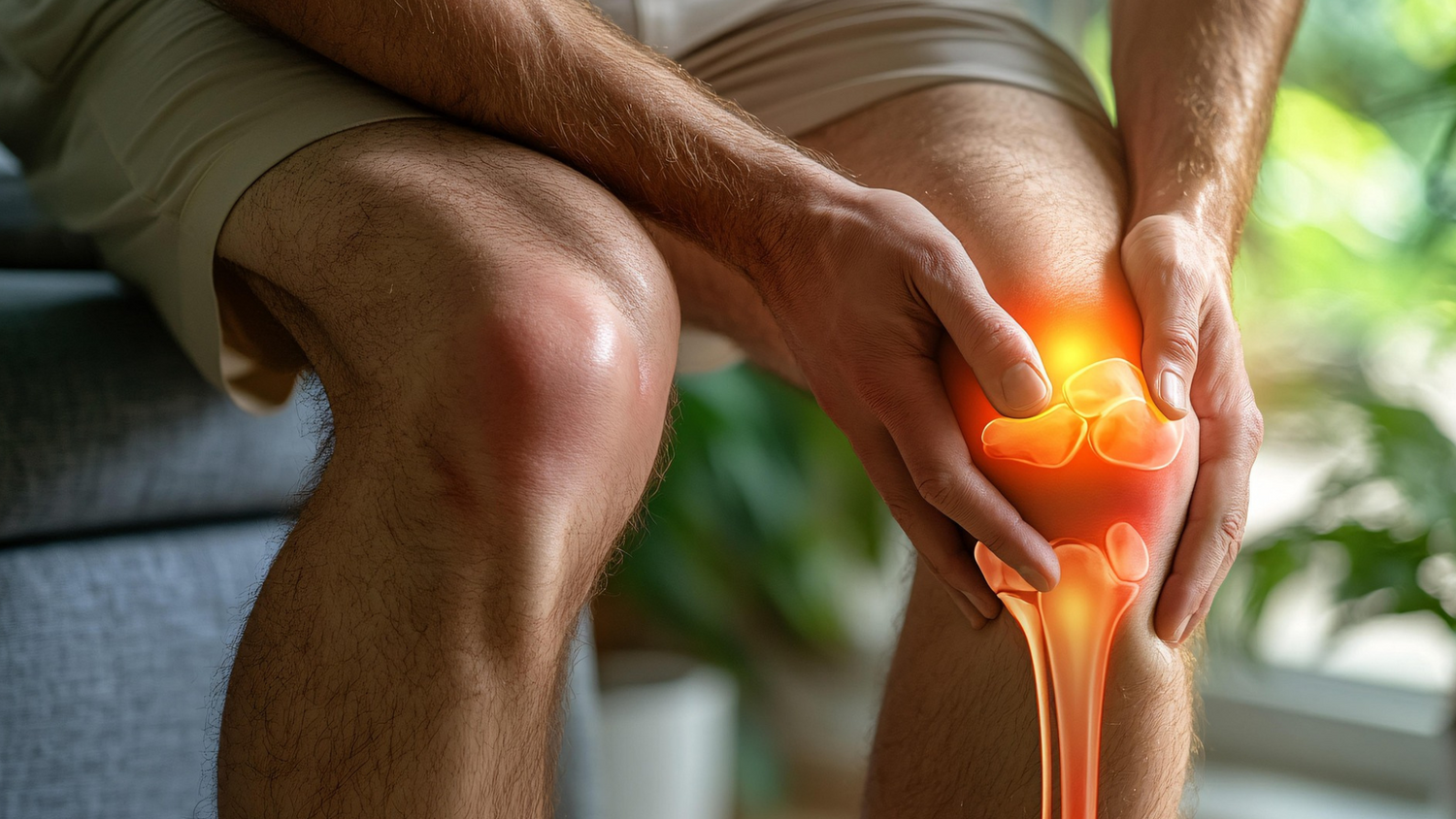You know that weird crunch your knee makes when you stand up? Or how your hips feel a little “off” after sitting for a while? Yeah, you’re not imagining it — and you’re definitely not alone.
As we get older (or just live active lives), our joints start talking back a little more than they used to. Not in a dramatic way at first — maybe just a little ache here or a creak there. But over time, it adds up. Suddenly, you find yourself avoiding long walks or skipping stairs when you can.
That’s around the time people start looking into glucosamine.
But let’s keep it real. No one wants to waste time or money on another “maybe-it-works” product. So what’s the deal?
What even is glucosamine?
It’s not some lab-made super pill. Glucosamine is something your body already makes — it’s part of how your joints stay cushioned and move smoothly. It helps build cartilage, which is that shock-absorbing stuff between your bones.
The problem is, your body makes less of it as you age. That’s one reason why joints get stiffer or sorer. So when you take glucosamine as a supplement, it’s kind of like helping your body top up what it’s running low on.
Does it actually do anything?
A lot of people say it helps. Not in a “wow, my pain is instantly gone” way — but more like, “huh, I don’t notice that sharp knee pain as much anymore,” or “I can actually get up from the couch without bracing myself.” Small stuff that adds up.
It’s mostly used by people with osteoarthritis or general joint wear and tear. But some younger folks who are super active or recovering from injuries take it too, just to keep things feeling smooth.
Who is it for?
If you’ve got joint stiffness, mild arthritis, or just feel like you’re not moving as freely anymore, it might be worth a try. You don’t need a prescription, and for most people, it’s pretty easy on the system.
Oh, and if you’re dealing with past injuries — like that old ankle sprain that never quite felt the same — glucosamine might help give the joint some support as it ages.
How do you take it?
Most people take about 1,500 mg a day. It usually comes in capsules, sometimes paired with chondroitin or MSM — those are other joint-supporting ingredients. You don’t need all the extras, but they can sometimes help boost the effect.
One thing to know: lots of glucosamine comes from shellfish. So if you’re allergic or vegetarian, just make sure to look for a vegan version.
Is it safe?
Generally, yes. Most people don’t notice any side effects, or maybe just a bit of stomach discomfort at first. But if you’ve got a health condition or you’re on medication — especially blood thinners or diabetes meds — it’s smart to check with a doctor first.
Bottom line?
If your joints are getting cranky and you want a simple, natural option to support them, glucosamine’s worth looking into. It’s not flashy. It’s not instant. But it’s helped a lot of people move with less pain and a bit more freedom.
And honestly, that can make a bigger difference than you’d think.
Would you like help adapting this into a personal story format too, or need a version written in a specific tone (like humorous or clinical)?




Leave a comment
This site is protected by hCaptcha and the hCaptcha Privacy Policy and Terms of Service apply.